Articles > Geography
These are the most forgotten capital cities – the smallest by population. If you’re thinking about trying out World Smallest Capitals By Population, you’ll need to know the 10 smallest.
Ngerulmud, Palau – Population: 318
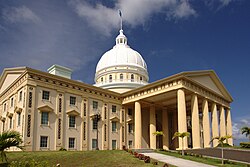
Ngerulmud is the capital of Palau, located on Babeldaob Island. Officially designated as the capital in 2006, Ngerulmud is one of the world’s most unique capitals due to its minimal population, with just over 300 residents. It replaced Koror as Palau’s capital, in a strategic move intended to place the government closer to Babeldaob, the country’s largest island. The city consists mainly of government buildings, with minimal residential and commercial areas, highlighting Palau’s emphasis on environmental preservation and decentralized urbanization.
Interesting Fact:
Ngerulmud is the only settlement in Palau to have its own ZIP code (96939), with the rest of the country using 96940.
Vatican City, Vatican – Population: 453
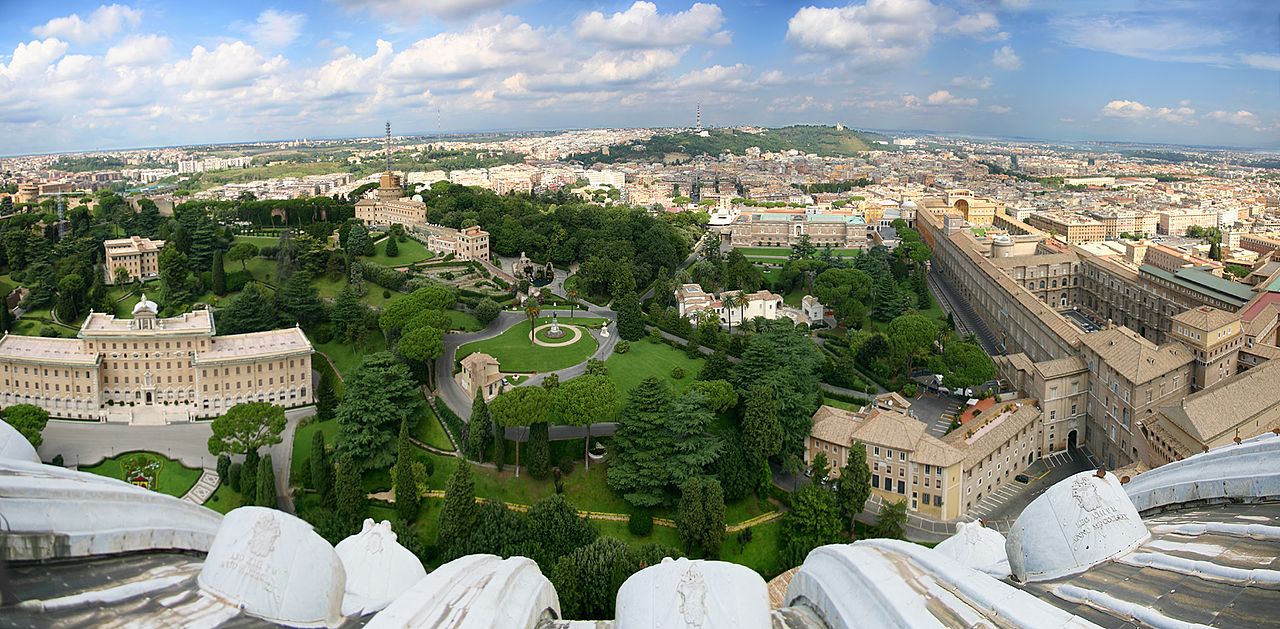
Vatican City, a sovereign city-state, is unique as both the smallest country and the smallest capital by area and population. Surrounded by Rome, Italy, Vatican City is the heart of the Roman Catholic Church, hosting the Pope’s residence, St. Peter’s Basilica, and the Vatican Museums, which attract millions of visitors yearly. Despite its low population, Vatican City holds immense cultural, historical, and religious significance, housing priceless art and relics.
Interesting Fact:
Vatican City is the only entire country to be designated as a UNESCO World Heritage site.
Yaren, Nauru – Population: 1,526
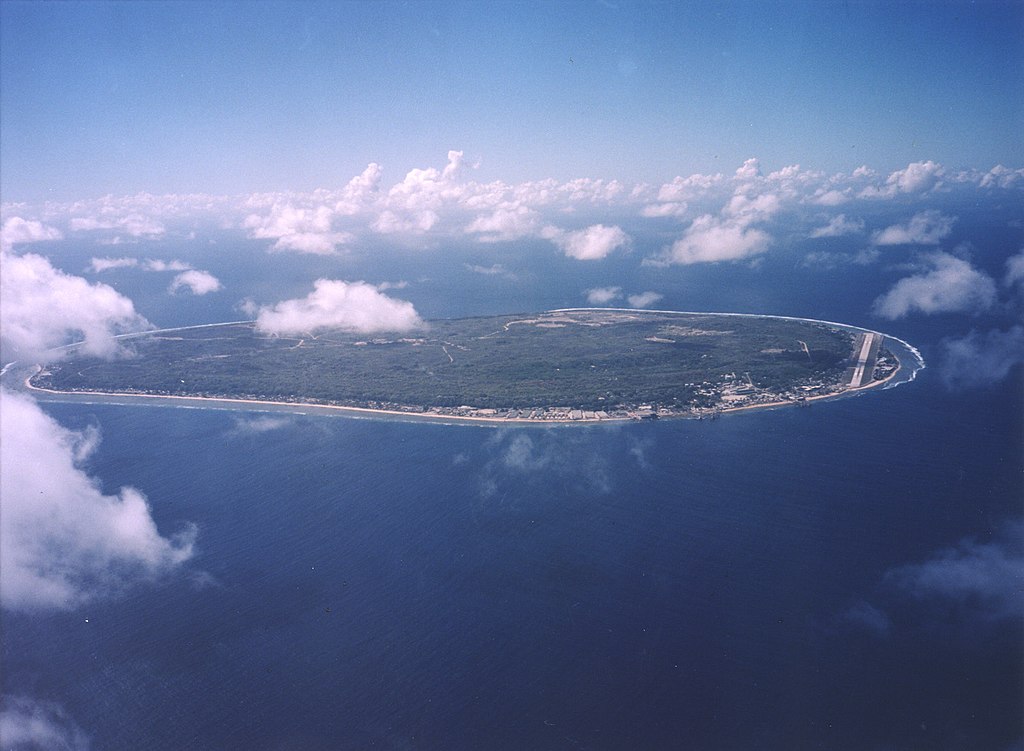
Yaren serves as the de facto capital of Nauru, though the country officially lacks a designated capital city. As one of the world’s smallest capitals, Yaren is a modest district that houses government offices but has few urban amenities. Nauru’s limited land area and its economy, historically reliant on phosphate mining, shaped Yaren’s development. Life in Yaren reflects the island’s small size and close-knit community, and the capital is integral to Nauru’s culture and daily governance.
Interesting Fact:
Yaren doesn’t have an official capital status, making Nauru one of the few countries without a designated capital.
Valletta, Malta – Population: 5,157
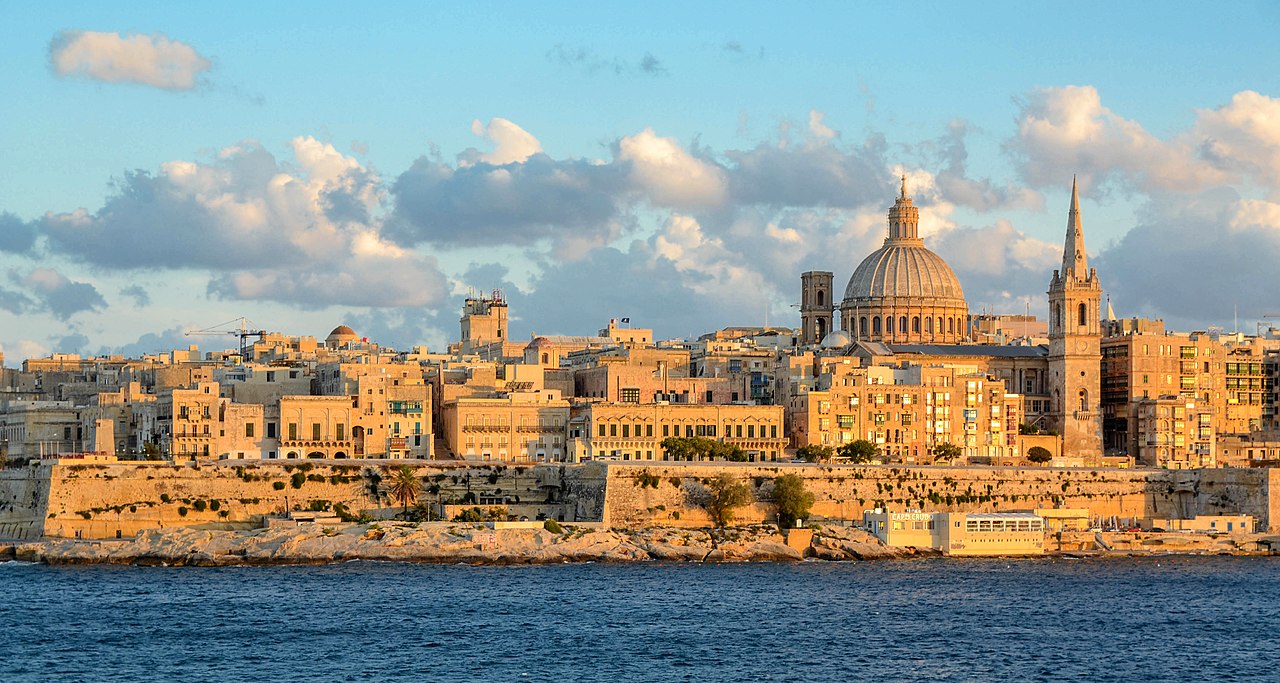
Valletta, Malta’s historical capital, boasts an illustrious heritage dating back to the 16th century, built by the Knights of St. John. Despite its small population, Valletta is a vibrant cultural hub with a wealth of Baroque architecture, fortifications, and historic landmarks, including the St. John’s Co-Cathedral. This UNESCO World Heritage city combines rich history with Mediterranean charm, attracting visitors from around the world.
Interesting Fact:
Valletta is one of the smallest capital cities in Europe and has over 320 historic monuments in an area less than one square kilometer.
Vaduz, Liechtenstein – Population: 5,747
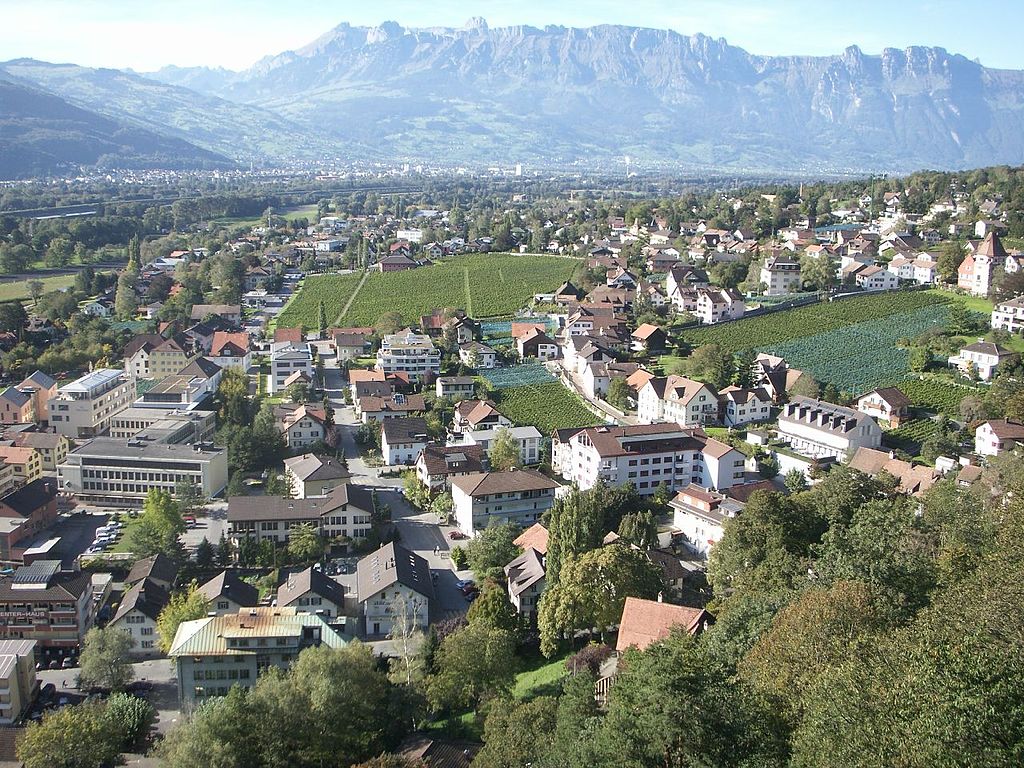
Vaduz is the picturesque capital of Liechtenstein, set against the dramatic backdrop of the Alps. With a population of just under 6,000, it is a quiet, clean, and orderly city, known for its art museums and Vaduz Castle, the royal family’s residence. While Vaduz is a center for government and finance, it is also a serene spot with beautiful landscapes and a peaceful lifestyle.
Interesting Fact:
Vaduz has no airport; the nearest major airport is in Zurich, Switzerland.
Funafuti, Tuvalu – Population: 6,320
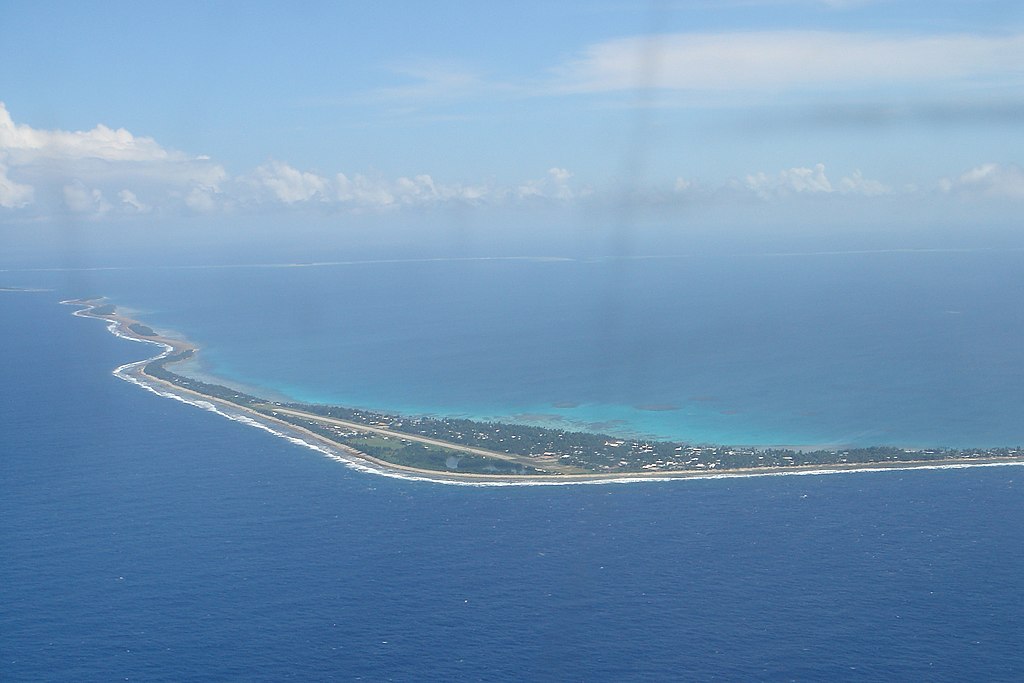
Funafuti is the capital of Tuvalu, a small island nation in the Pacific Ocean. The city stretches over a narrow atoll, providing stunning views of both the ocean and the lagoon. Life in Funafuti is relaxed, with most of its economy relying on fishing and government support. The island is also vulnerable to rising sea levels, which presents challenges for its future.
Interesting Fact:
Funafuti’s international airport runway doubles as a gathering space and sports field.
Palikir, Micronesia – Population: 6,647
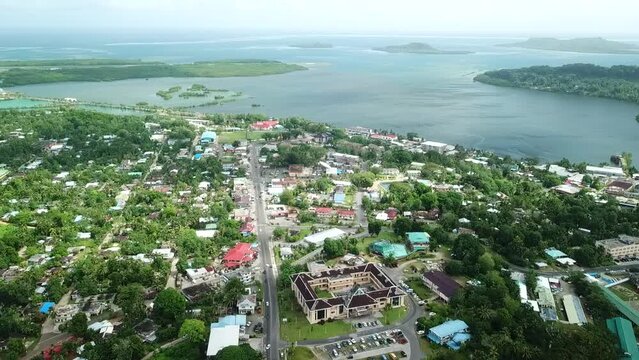
Palikir is the capital of the Federated States of Micronesia, located on Pohnpei Island. Palikir became the official capital in 1989, replacing Kolonia. Known for its tropical climate, Palikir has government offices, but it is otherwise a tranquil area with rich biodiversity and a laid-back island lifestyle.
Interesting Fact:
Palikir is surrounded by some of the richest biodiversity in the Pacific region.
Castries, Saint Lucia – Population: 10,634
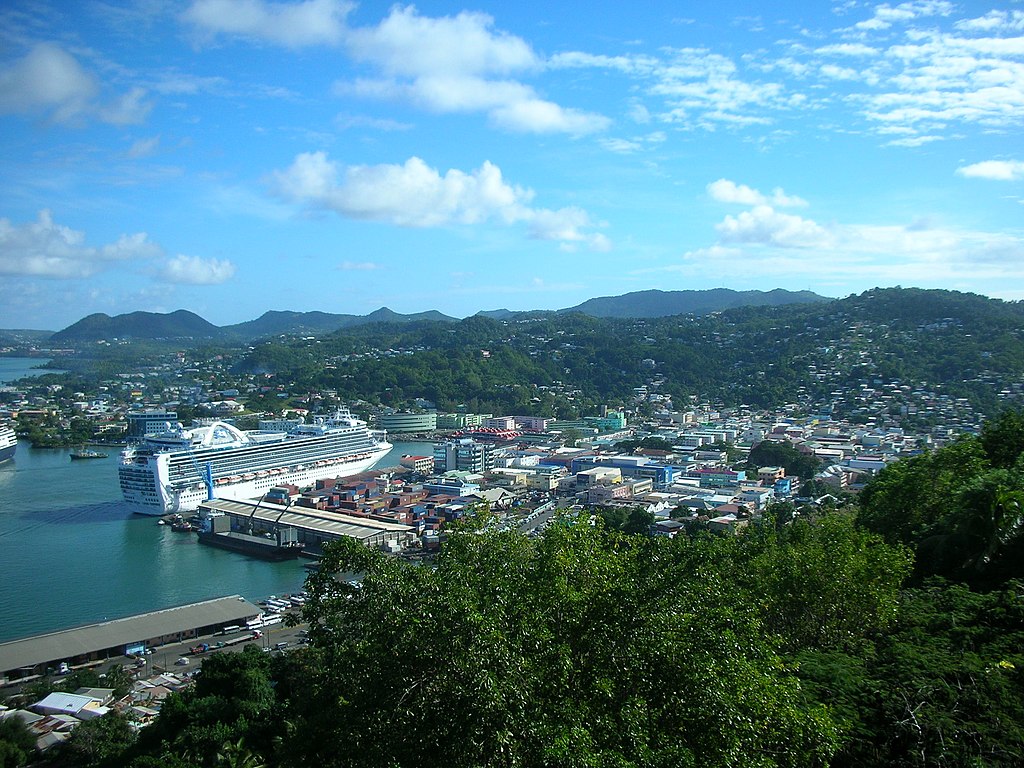
Castries, the capital of Saint Lucia, is a bustling port city known for its colorful markets, historic buildings, and scenic bay. The city is a center for Saint Lucia’s commerce and tourism, with visitors arriving via cruise ships. Castries combines a lively Caribbean atmosphere with a rich blend of colonial and local architecture.
Interesting Fact:
Castries was rebuilt in the 1940s after being destroyed by fires twice in its history.
Basseterre, Saint Kitts and Nevis – Population: 11,400
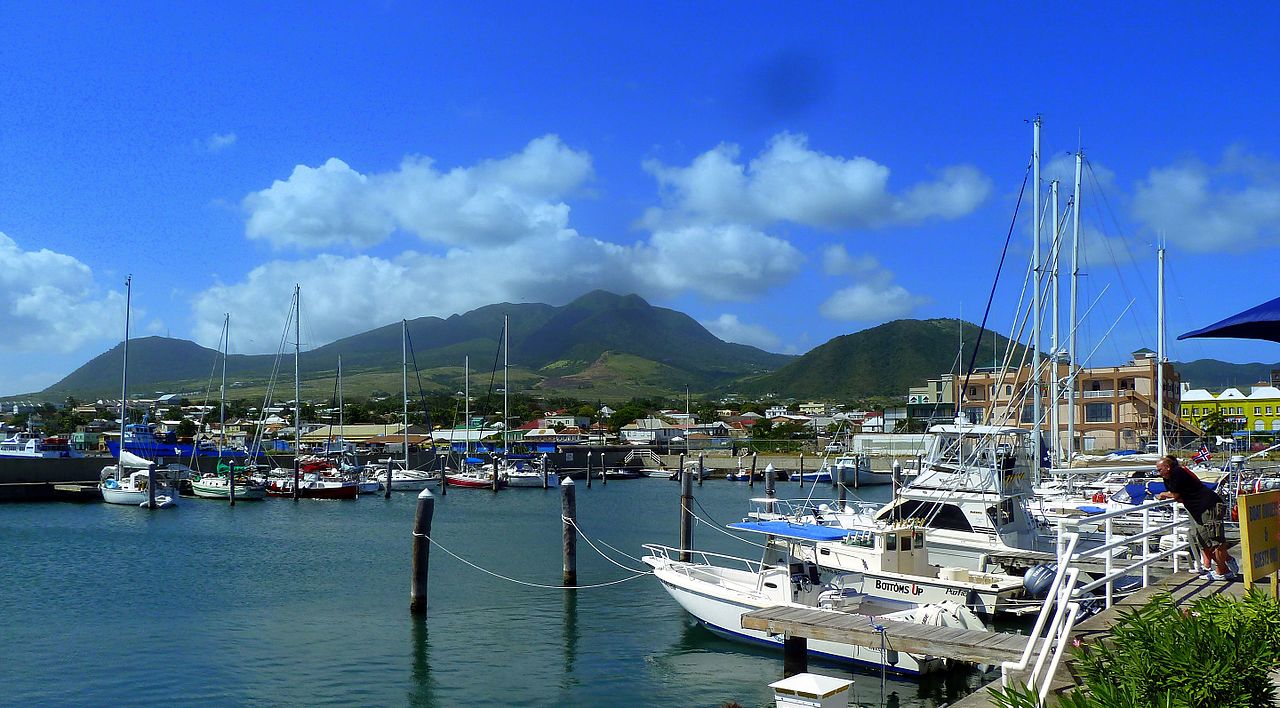
Basseterre is the historic capital of Saint Kitts and Nevis, known for its charming colonial architecture and friendly atmosphere. Situated on the coast, it is a popular destination for cruise ships. Basseterre offers a glimpse into the island’s past, with landmarks like Independence Square and St. George’s Anglican Church.
Interesting Fact:
Basseterre’s Independence Square was once a slave market during the colonial period.
Kingstown, Saint Vincent and the Grenadines – Population: 12,909
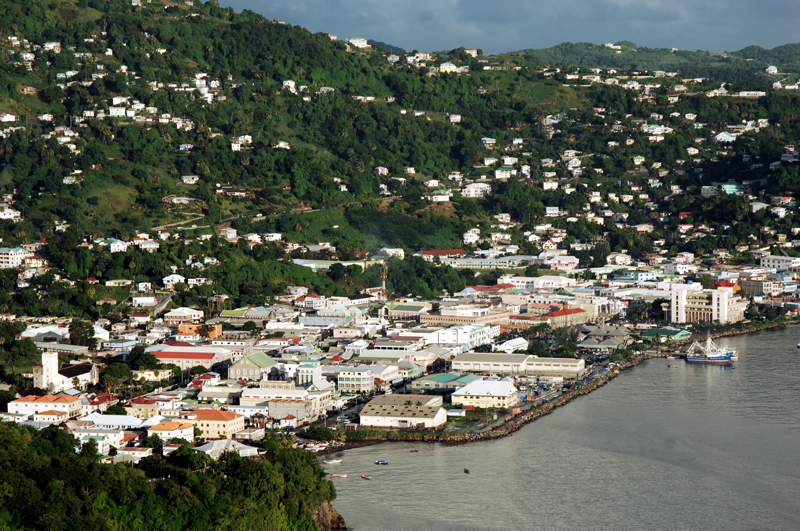
Kingstown, the capital of Saint Vincent and the Grenadines, is a lively town known for its lush botanical gardens and bustling markets. It serves as the cultural and commercial center of the country. The city is rich in history, with its gardens dating back to the 18th century and Fort Charlotte overlooking the harbor.
Interesting Fact:
Kingstown’s Botanical Gardens are among the oldest in the Western Hemisphere, established in 1765.




